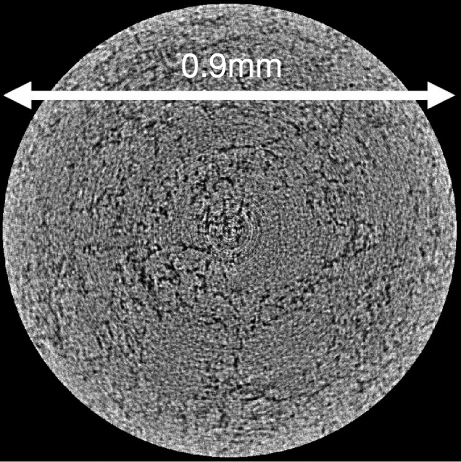Fig.10-1 Nuclear Engineering Research Collaboration Center and Related Organizations

Black:pore Gray:crystal
Fig.10-2 X-ray CT image for IG-110 graphite
JAEA has been promoting joint research and development with industry and academia and has made its nuclear facilities and experimental apparatuses available to meet their needs. This collaboration is done under the auspices of the Nuclear Engineering Research Collaboration Center (NERCC), established in 2005 and supported mainly by the Nuclear Science and Engineering Directorate, as shown in Fig.10-1. NERCC provides a platform for joint research and development of innovative nuclear technology. The platform manages specific technology groups established in collaboration agreements with university and industry partners interested in collaboration, cooperation, technology transfer, etc. Four technology groups, organized by researchers and experts of universities, industries, and JAEA, are presently active.
The Advanced Reprocessing Materials Development Group has succeeded through cooperation with Kobe Steel, Ltd. in making original extra high purity (EHP) alloys by cold crucible induction melting (CCIM) for Ca/CaF reduction and then electron beam cold hearth refining (EB-CHR). The EHP alloys have demonstrated excellent resistance against grain boundary attack in a severe reprocessing environment and good weldability, as reported in Topic 10-1. The trial melting of several hundred kg has determined the necessary conditions to limit harmful impurities entering the EHP alloys to less than 100 ppm, even if nuclear facility grade scrap is used as raw materials.
The Special Group for Advanced Technologies for LWR Thermal-hydraulics is conducting mock-up tests in collaboration with an industry partner to attain improved information management. The Special Group for Developing Hypersensitive NDA Method for U&Pu has invented a fast neutron direct interrogation method, by which distributions of U and Pu in the interior of the waste matrix can be measured with more than 100 times higher sensitivity than by conventional methods. The group is cooperating with IHI Ltd. in R&D to make this method practicable by improving detection accuracy and sensitivity. Additional ongoing R&D collaboration with IHI Ltd. and Tokyo University aims at applying the method to detect nuclear material hidden in personal luggage.
The Graphite & Carbon Materials Characterization Special Group conducts material development for HTGRs and is developing an irradiation material database and evaluation method in cooperation with Toyo Tanso Co. A goal is to extend the lifetime of in-core materials for the VHTR. 3D- X-ray CT of fine-grained graphite of 20 μm grain size with high magnification (Fig.10-2) was achieved. This image technique can be used for irradiated graphite evaluation.